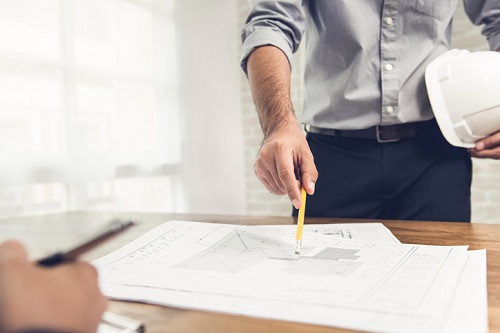
With increasing student enrolments and shrinking spaces, there is pressure on educational institutions to be more creative in enhancing facilities while maintaining good student outcomes.
Recent reports of state governments commissioning school infrastructure projects show that building schools means going beyond building classrooms.
The solution recently adopted by some architects and educators has proved to be an exciting time for architects, too, as it resulted in expanding schools vertically. Last year, Victoria opened its first vertical school – a five-story primary school that also houses facilities the surrounding community can use.
Katelin Butler, editorial director at Architecture Media, said vertical schools, still considered as new phenomenon in Australia, serve as a “response to changes in population and where people are choosing to raise children.”
Aside from ergonomic reasons, a properly designed school can help students perform better by minimising distractions.
But this does not mean that architects and schools have to be limited by setting up four walls to house students, as new school facilities should also help inspire students to learn.
Creatively-designed schools are increasingly becoming necessary as the Australian education sector moves to adapt personalised learning in a bid to improve student outcomes.
Australia’s education and design sector, however, are still looking for more ways to innovate.
“In recent years, there has been a large investment by public and private education facilities – from primary to tertiary level – in Australia,” Butler said.
“Responding to the new ways of learning, university and school bodies are altering briefs to architects and designers, with an increase in innovation hubs, informal learning environments and adaptable spaces.”
As the country’s education design is still in the process of transformation, speakers from UK, Finland and Denmark will be providing insights as to how they revolutionized their curriculum and school architecture.
Looking for tips
This year’s Old School / New School conference, a forum organised by Architecture Media, looked into how European countries execute new ways of education design, as well as how pedagogy and architecture can boost student outcomes.
Copenhagen-based KANT Arkitekter partner Karl-Martin Buch Frederiksen, one of this year’s keynote speakers, spoke about the change in Nordic educational architecture standards, as well as the use of virtual learning spaces in the Scandinavian education model.
British university designs – especially how these are affected by pedagogic, economic and cultural trends – was also discussed by Ian Goodfellow, a partner at Penoyre and Prasad.
Goodfellow also serves as the deputy chair of Higher Education Design Quality Forum, an independent organisation.
Pasi Sahlberg, who serves as the professor of education policy at the Gonski Institute for Education in Sydney, also discussed the politics, structure and pedagogy in education design,
Other speakers in the forum were Architectus director Ruth Wilson and University of Melbourne vice-president for strategy and culture Julie Wells.
Wilson discussed designing facilities for TAFEs and universities while Wells talked about the “external and internal forces” that affect how campuses are planned and designed.
Some case studies by architecture firms presented during the forum cover vertical daycare centres and select high schools.
An upcoming article will feature an interview with renowned Finnish education expert Pasi Sahlberg and Architectus director Ruth Wilson.


